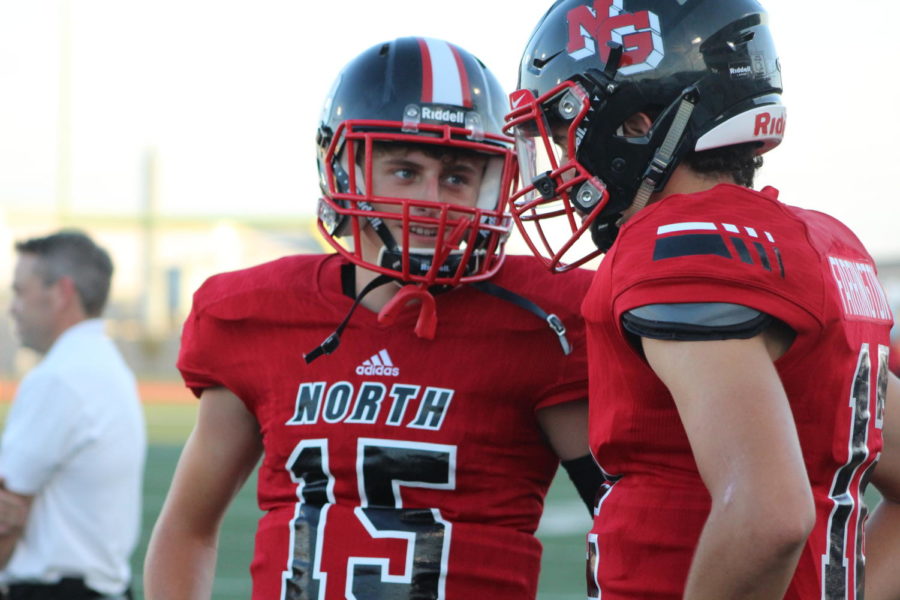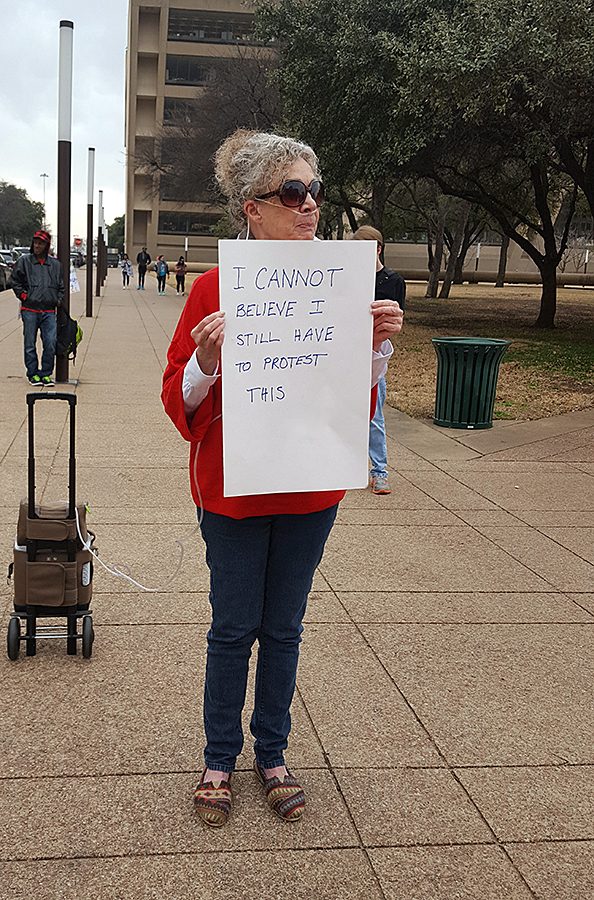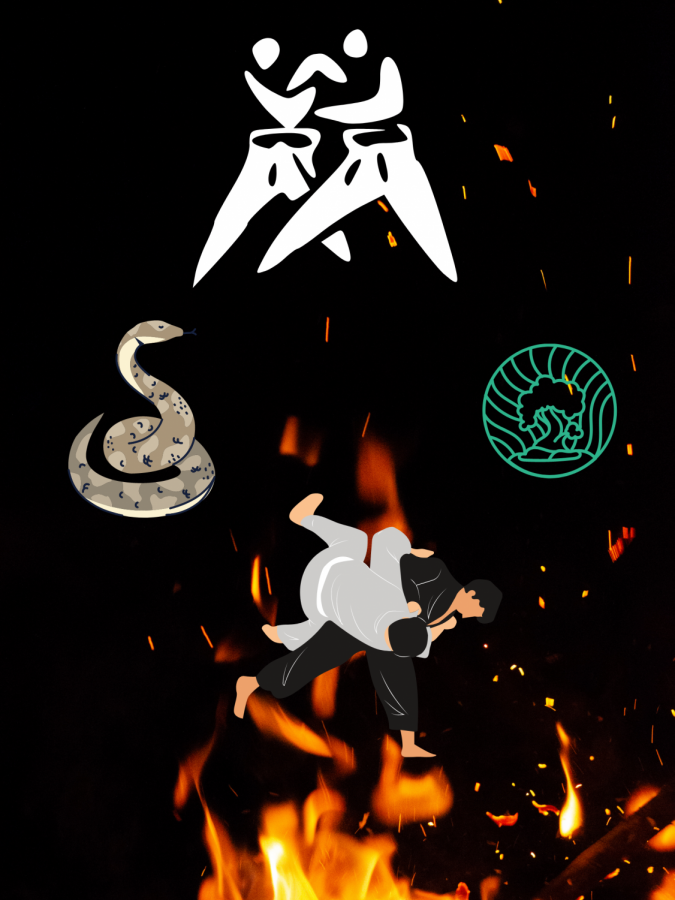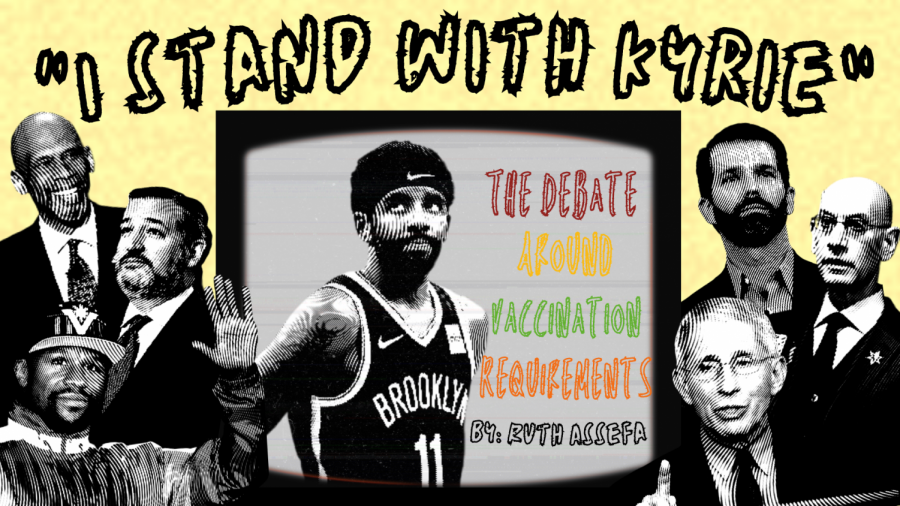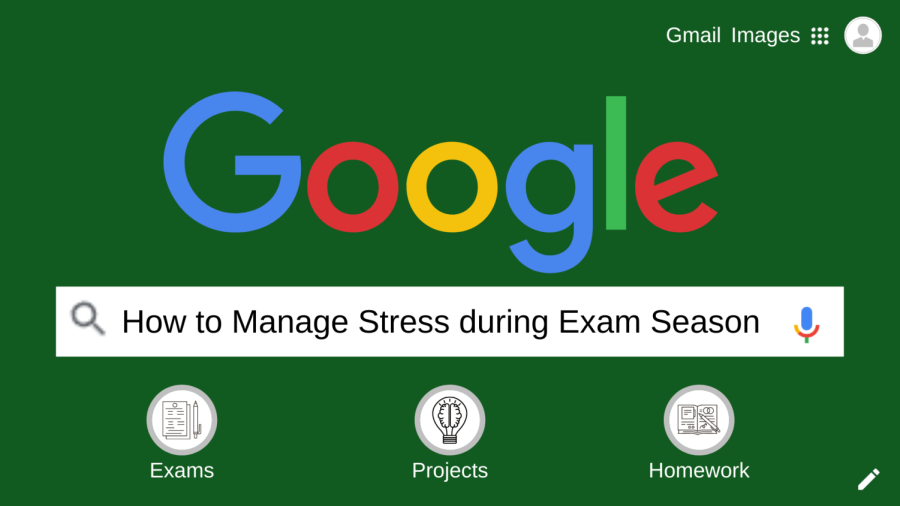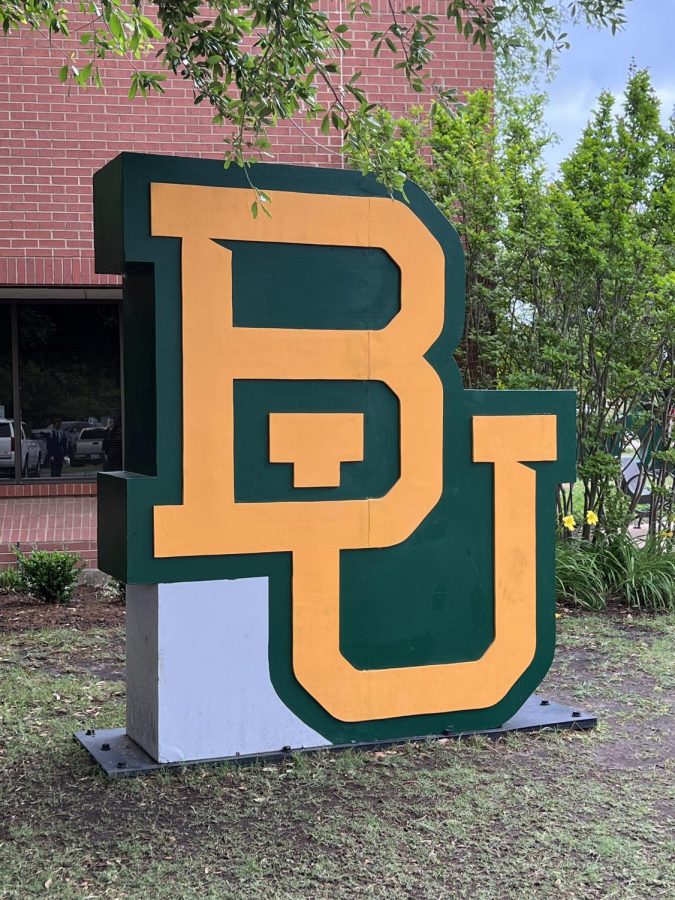College Costs Continue to Rise
For nearly 40 years, the average college tuition has quadrupled at both the private and public levels. This increase does not include the several other costs students pay, including housing, food, books, supplies and transportation. If tuition costs continue to rise at this rate, students will continue to struggle paying off student loans or even receiving the funds to begin with.
While some college administrators blame this cost increase on state budget cuts, they are not entirely responsible. There have been times in the past when college funding from states was reduced, but currently it is higher than ever. Although state funding towards college is lower than in the past, other federal grant programs provide upwards of $30 billion per year. Money from grant programs goes toward helping students pay their college tuition, while state funding pays for a college’s general operations. General operations include maintenance and services needed for the campus to properly function. The problem is that college prices continue to rise year after year, putting students further into debt. If the amount for loans increases as tuition prices rise, then students will not be receiving any benefits. If paying college tuition is to ever become easier then something has to change: the tuition rate will have to drop or the amount of students loans will have to rise.
What causes tuition to increase gradually by year is an increased spending by colleges. In the 1970s, students could pay for a semester of college with money earned from a summer job. However, there were not large administration sectors within universities. Over time, the universities began to build up this side of their programs, while the education sector remained relatively the same. The number of professors would fluctuate slightly, while the amount of administrative positions would double, or even triple. The focus was on helping students, reach out to students, and run the university better. But, how much are students really benefiting? As universities began to hire more and more, the jobs got bigger, as did the salaries. From 1975 to 2008, the number of administrative positions quadrupled across the country, while the average college tuition increased accordingly. This is not a coincidence. Conversely, even as the number of positions being created slows down, tuition costs do not.
Others may argue that the amount of money provided by the government through grants is rising to cover the rise in college tuition. They’ll also say that college administrations are reaching out to students, providing better opportunities. The truth is that students would be better off if universities focused on lowering fees, rather than hiring more people to distribute loans. More money available to students is much more helpful than an overpaid administration offering small scholarships.
The average college cost is around $9,000 per semester at a public college and upward of $20,000 at a private institution. If these rates continue to increase, as they are now, the average cost of a public university could reach the average cost of a private one this very year.
Class of 2019. I'm in MST and the Engineering program. I didn't even choose to be in Newspaper, but it turned out pretty good.








